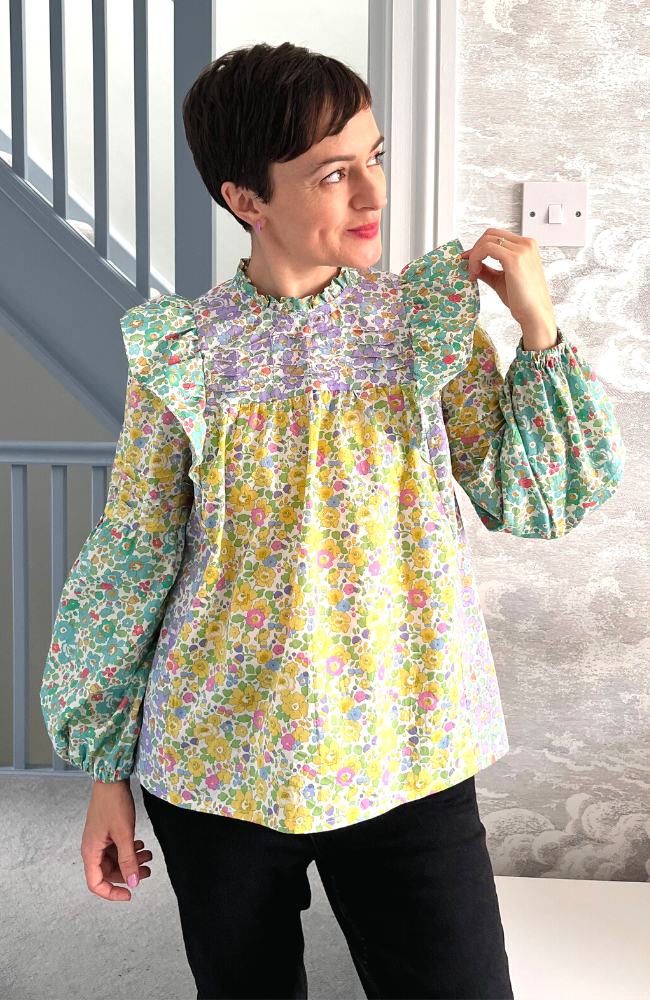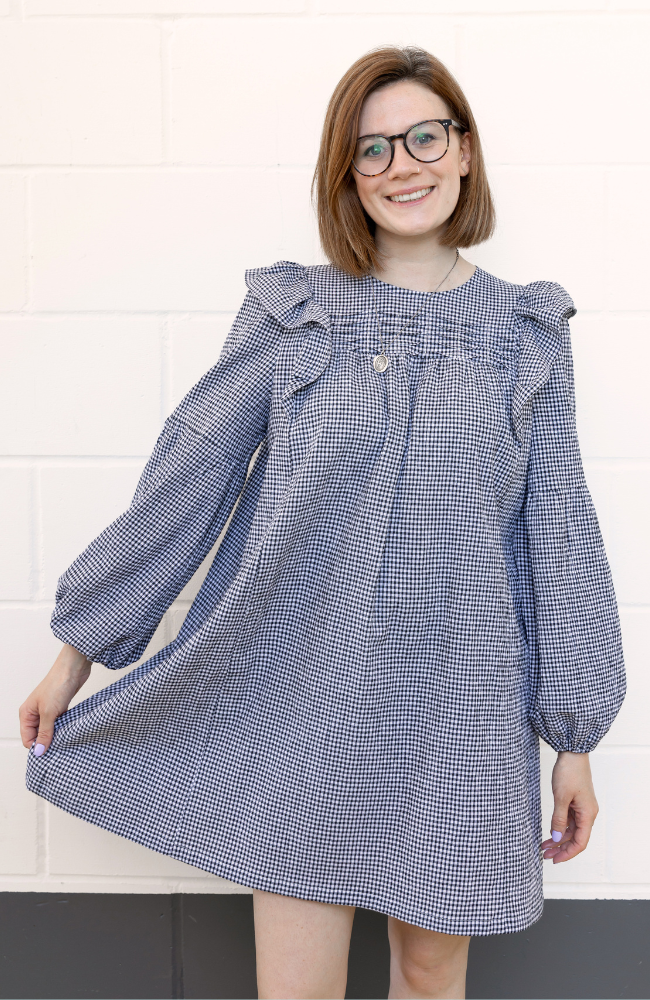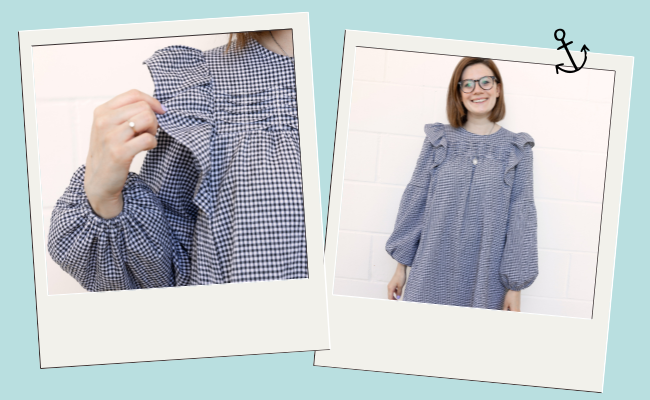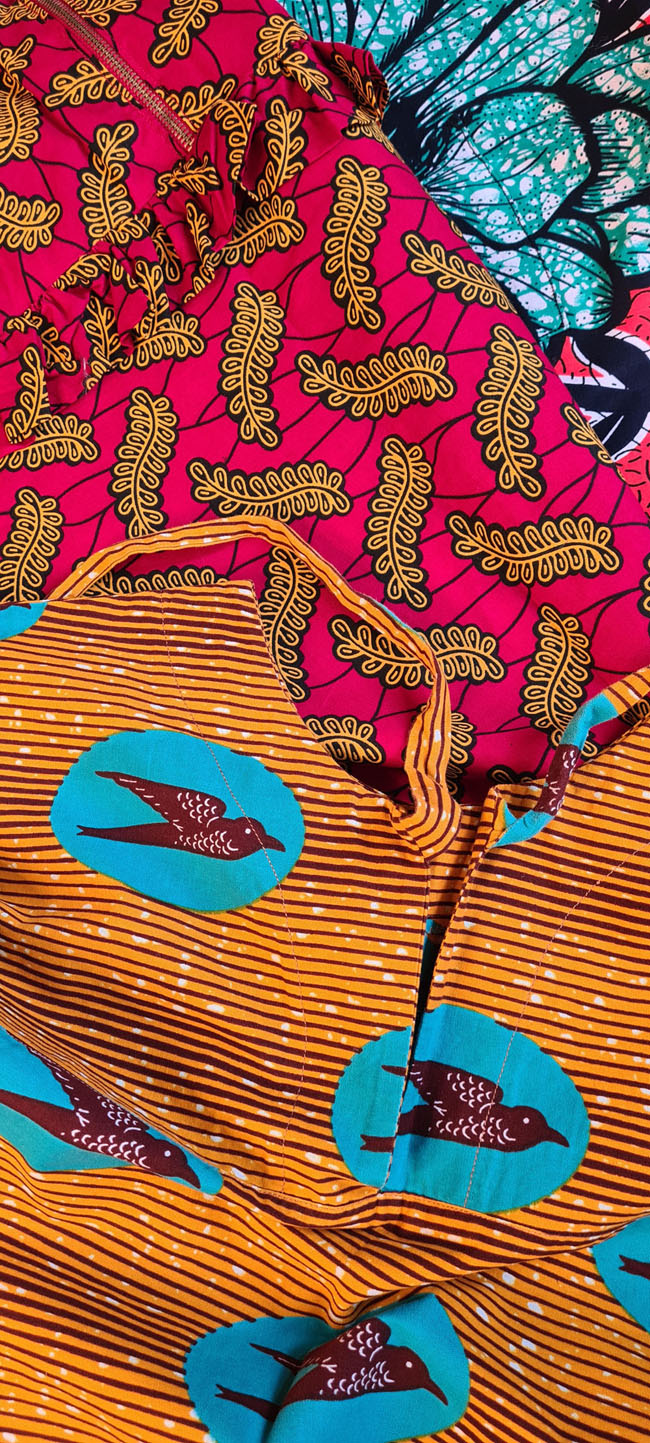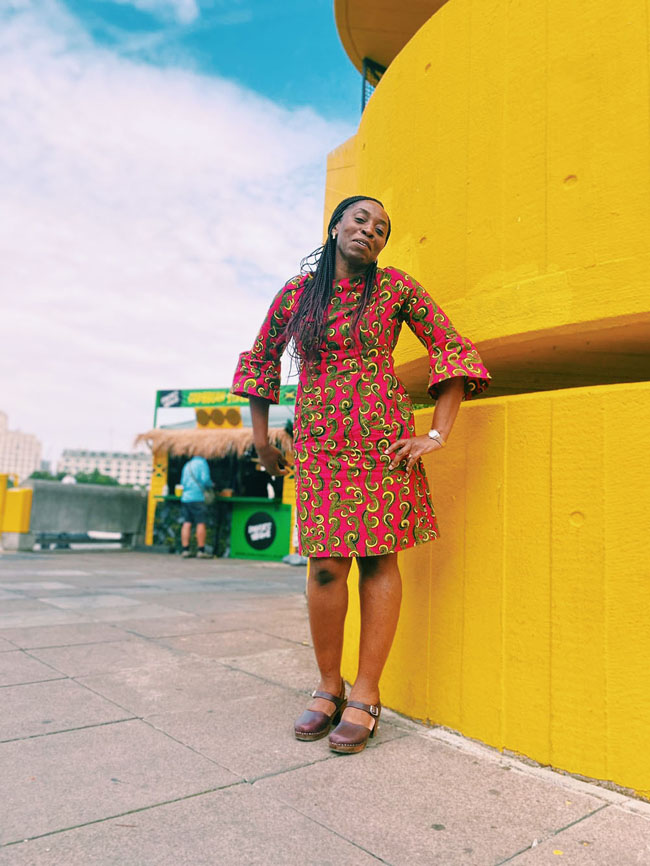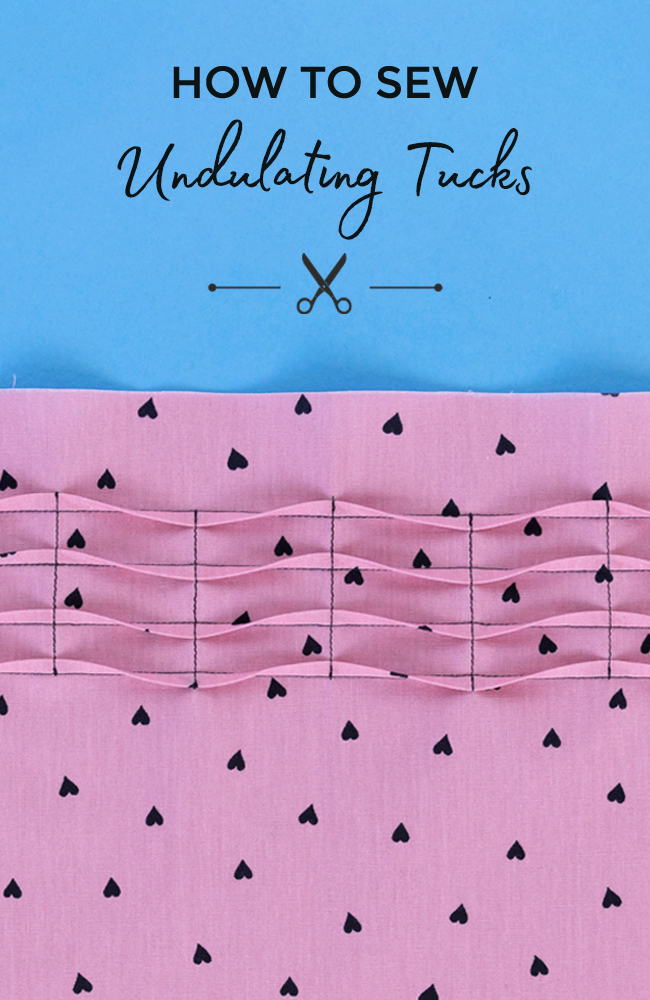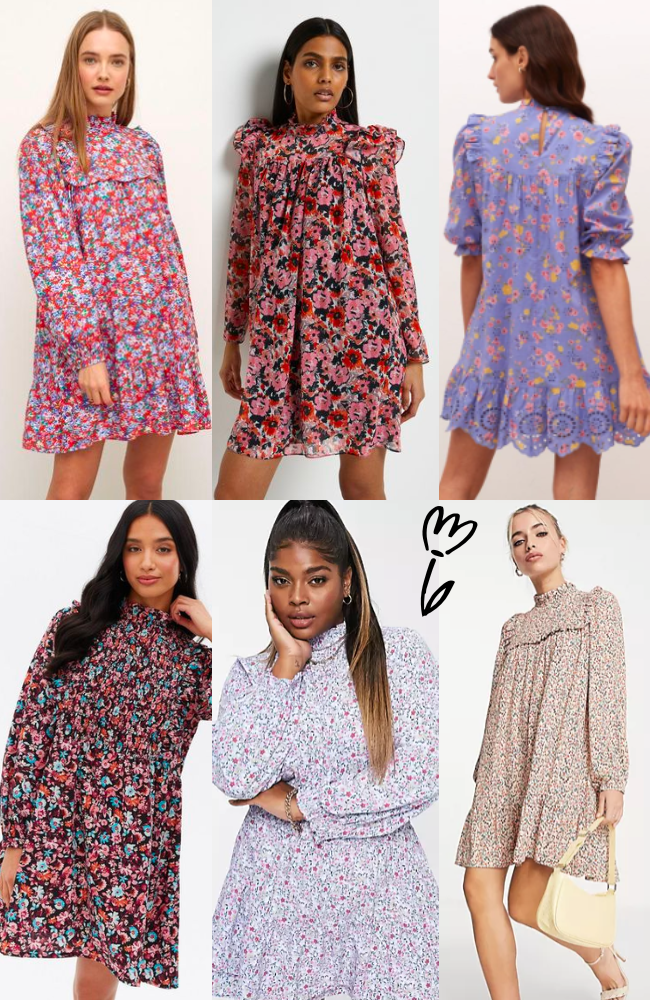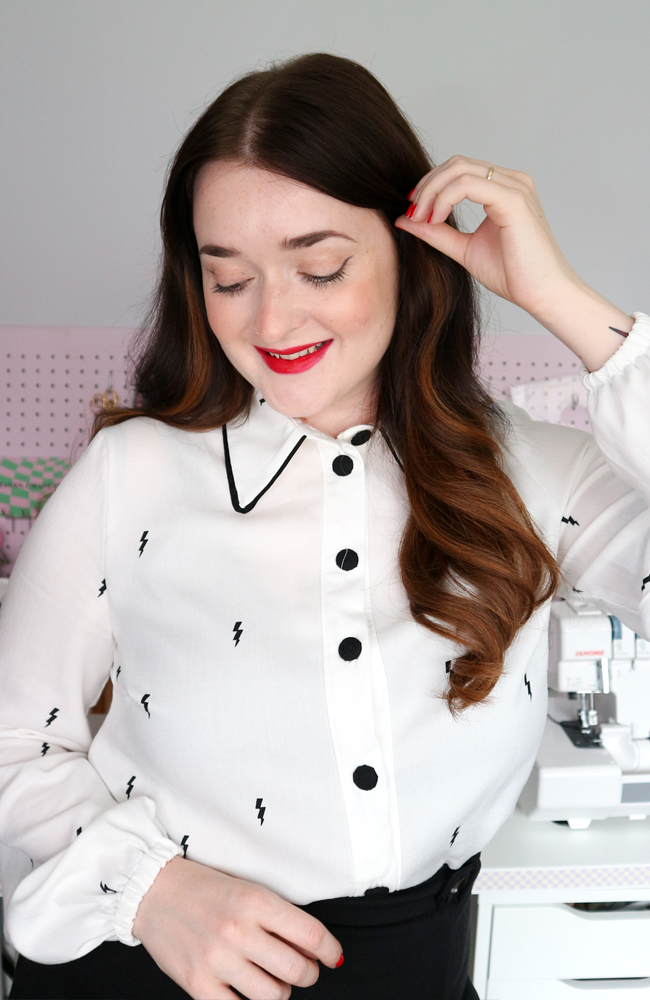Continuing our posts on tips for sewing with different types of fabrics, we’re showcasing the vibrant, the bold, and the - yes! - easy-to-sew wonder that is Ankara fabric, AKA African wax print. Who better to ask to talk us through how to use this material than Lena King, one of our favourite sewing bloggers and co-host of #SewAnkaraFabric and #AnkaraFabricAppreciationWeek on Insta.
Over to Lena...
*****
I was thrilled when Tilly reached out to me to ask if I’d like to write a guest blog on my favourite fabric, Ankara – also known as Dutch or African wax print. Yes, please!
I’m going to give you an introduction to what Ankara is and where it came from, where you can buy it, and my top tips for sewing with this wonderful material. Spoiler alert: it’s easy to cut, handle and sew – hooray!
What is Ankara fabric?
Ankara, or African wax print, or Dutch wax print, is a cloth manufactured by machine to resemble the effect of wax resist.
Do you remember doing a bit of wax-resist painting or fabric dying back in school? You took your paper or piece of cloth and drew a design on it with crayon or hot wax and then painted over it or plunged it into a bucket of dye. When dry, you would have just ironed off the wax. That’s the basic process.
It is cotton, a natural fibre which makes it breathable and not sweaty or sticky next to the skin.
It’s a great fabric for beginners. Imagine something between a cotton poplin and quilting-weight cotton often with the softness of a cotton lawn. It’s strong and can withstand the heavy use of a seam ripper! It is stable so stays put when cutting and sewing and it doesn’t stretch out of shape.
My own relationship with Ankara
I’m from Ghana in West Africa and I came to live in the UK when I was two years old. Growing up, I knew that my people and others like them would often wear bright coloured patterned fabric to parties, weddings and funerals. I knew that the fabric was usually just called “cloth” and occasionally “kente”.
I didn’t see anyone but Africans wear this fabric back then, and I learned to be a bit embarrassed by it because it further signalled us out as different. Sadly, back then racial attitudes abounded and went largely unchecked – black people and Africans in particular, suffered many racial slurs and ignorant comments.
As I grew older and more comfortable with my heritage, I began seeing the beauty of this cloth and how the beautiful women in my life would wear it in gorgeous, fitted garments; but my body issues and low self-esteem meant that I didn’t want to wear such a fabric that demanded to be noticed.
It has only been in more recent years when my love for sewing collided with my need to feel more connected to my culture that I have fallen in love with this cloth commonly known as Ankara or wax print. Sewing my own clothes has also boosted my self-esteem and I love to wear fabric that screams to be noticed!









%20copy%203.png)
